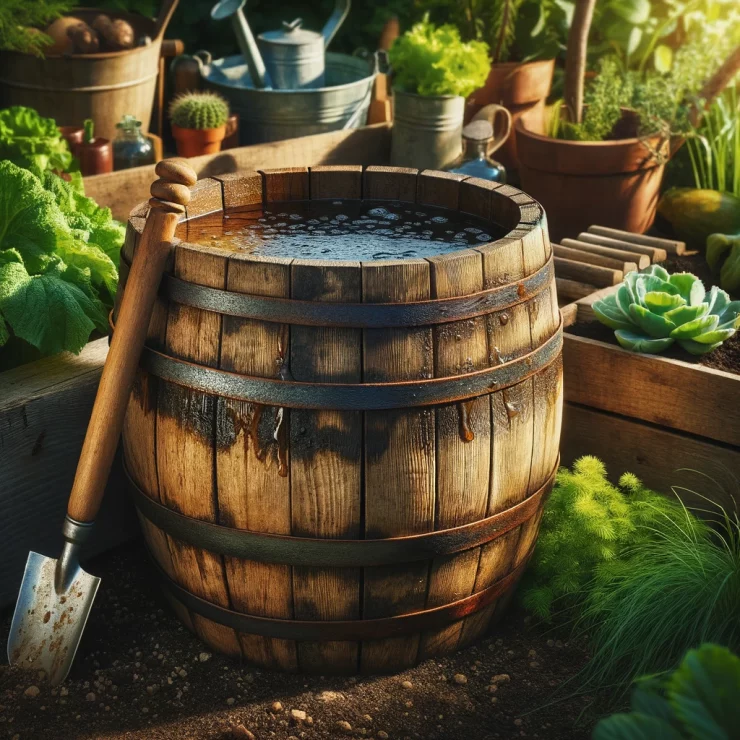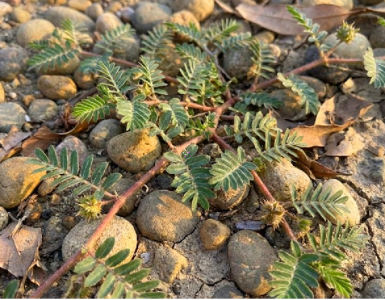Gardening enthusiasts are always on the lookout for cost-effective and sustainable ways to nourish their plants. While commercial fertilizers are readily available, they often come with a hefty price tag and may contain synthetic chemicals that harm the environment. Fortunately, there’s a centuries-old technique that allows you to create nutrient-rich liquid fertilizer using ingredients found right in your garden.
Unveiling the Ancient Art of Liquid Fertilizer Making
Dating back to ancient times, the practice of creating liquid fertilizer from organic materials has been passed down through generations. This age-old method harnesses the power of natural decomposition to transform everyday garden waste into a potent elixir for plant growth.
Ingredients Straight from Your Garden
One of the most appealing aspects of this ancient method is its versatility. Almost any organic matter found in your garden can be used to create liquid fertilizer. From kitchen scraps to yard trimmings, the possibilities are endless. Common ingredients include:
Grass Clippings: Rich in nitrogen, grass clippings are an excellent source of nutrients for leafy green plants.
Weeds: Instead of tossing them in the compost pile, weeds can be repurposed to create a nutrient-rich fertilizer.
Fruit and Vegetable Scraps: Leftover fruit and vegetable peels contain valuable minerals and vitamins that can benefit your plants.
Leaves: Fallen leaves can be collected and fermented to create a nutrient-dense liquid fertilizer.
The Fermentation Process
Creating liquid fertilizer using this ancient method is relatively simple. Follow these steps to harness the power of natural decomposition:
Gather Your Ingredients: Collect a mixture of organic materials from your garden, ensuring they are free from pesticides and chemicals.
Chop and Shred: To expedite the decomposition process, chop or shred larger pieces of organic matter into smaller pieces.
Create a Fermentation Vessel: Place the chopped ingredients in a large container such as a bucket or barrel. Fill the container halfway with water, covering the organic matter completely.
Cover and Wait: Cover the container with a lid or breathable cloth to prevent pests from entering. Allow the mixture to ferment for several weeks, stirring occasionally to aerate.
Strain and Dilute: Once the fermentation process is complete, strain the liquid to remove solid particles. Dilute the concentrated fertilizer with water to achieve the desired strength.
Apply to Plants: Use the liquid fertilizer to nourish your plants, either by pouring it directly onto the soil or spraying it onto the foliage.
Benefits of Homemade Liquid Fertilizer
Embracing this ancient method of liquid fertilizer production offers numerous benefits for both your garden and the environment:
Cost-Effective: By utilizing materials found in your garden, you can create fertilizer at little to no cost.
Sustainable: Repurposing organic waste reduces the amount of material sent to landfills, promoting a more sustainable gardening practice.
Nutrient-Rich: Homemade liquid fertilizer contains a wide range of nutrients essential for plant growth, leading to healthier and more vibrant vegetation.
Chemical-Free: Unlike commercial fertilizers, homemade liquid fertilizer is free from synthetic chemicals and harmful additives, making it safer for the environment and beneficial insects.
Incorporating ancient techniques into modern gardening practices not only honors our agricultural heritage but also promotes sustainable and environmentally friendly methods of plant care. By harnessing the power of natural decomposition, you can transform ordinary garden waste into a valuable resource for nurturing your plants. Embrace this time-honored tradition and unlock the secret to creating free liquid fertilizer from almost anything in your garden.






Add comment